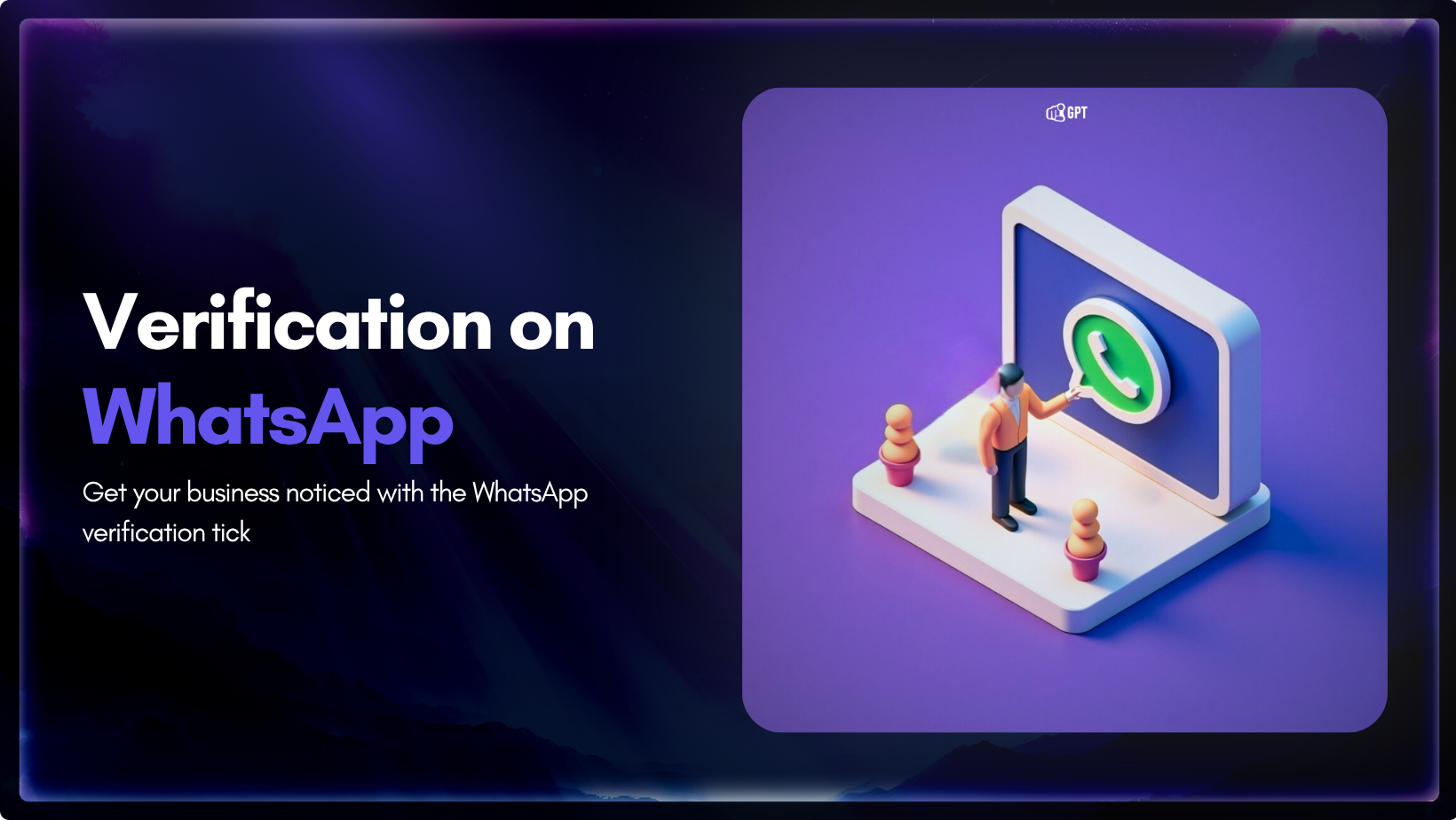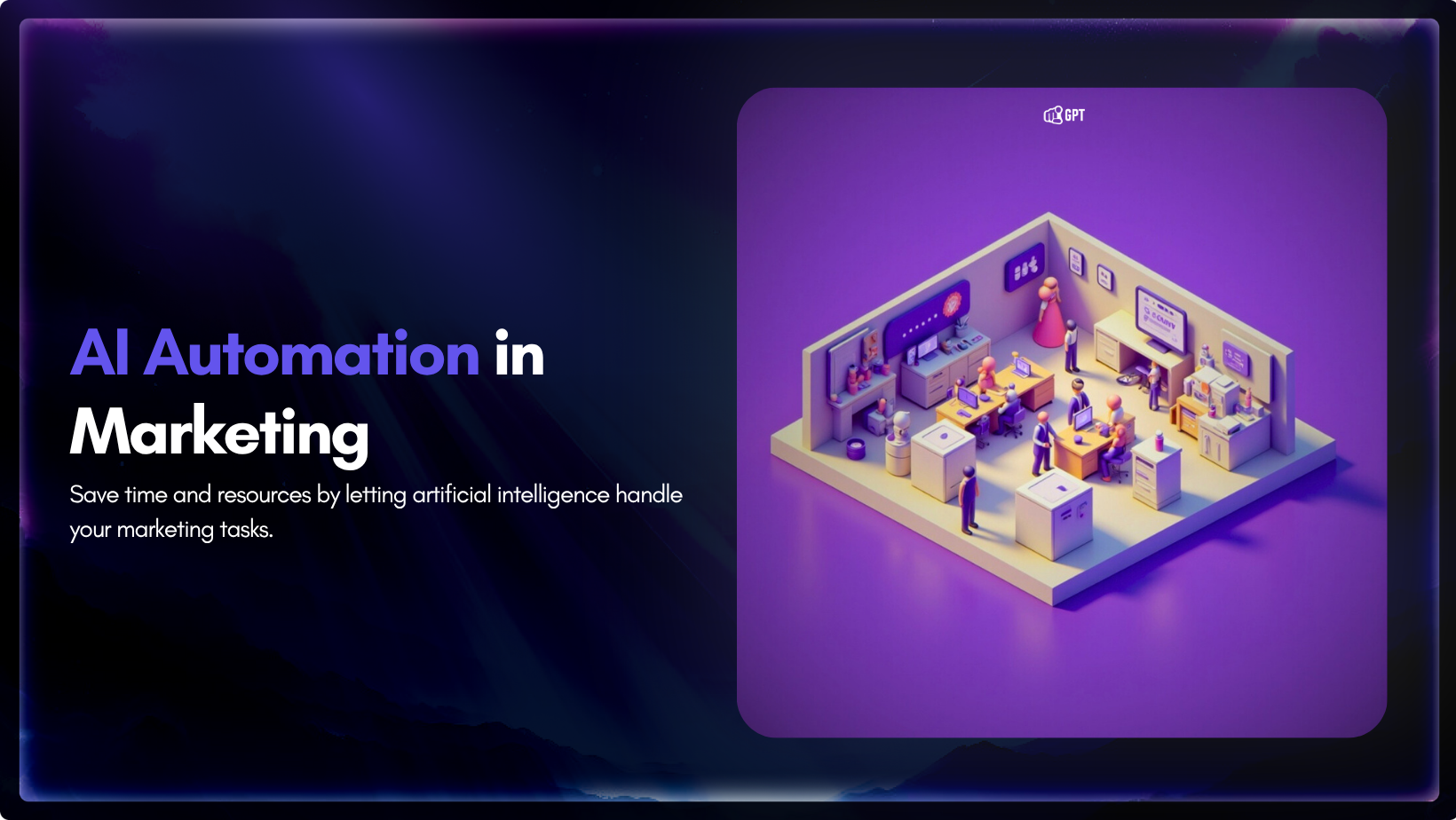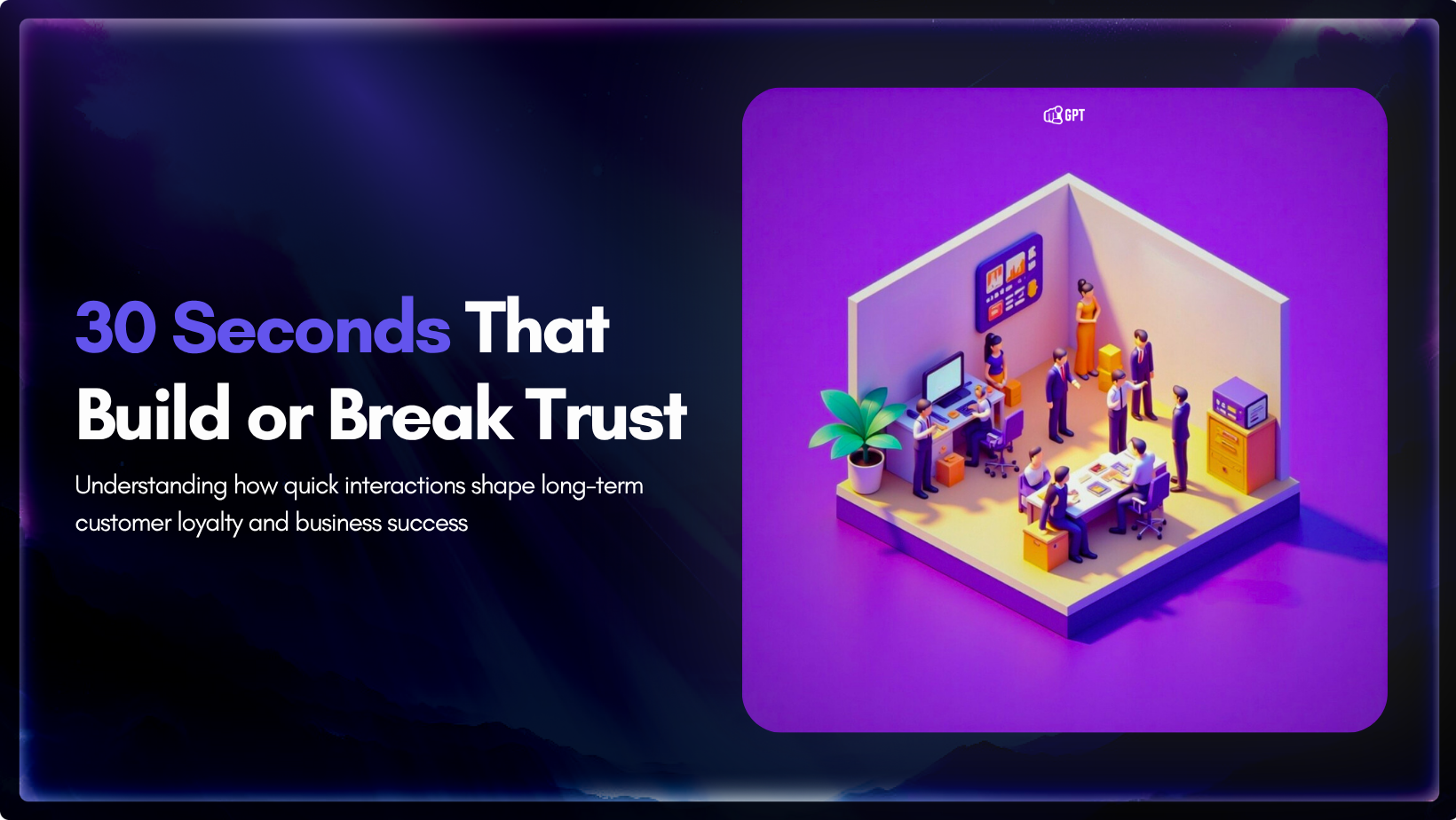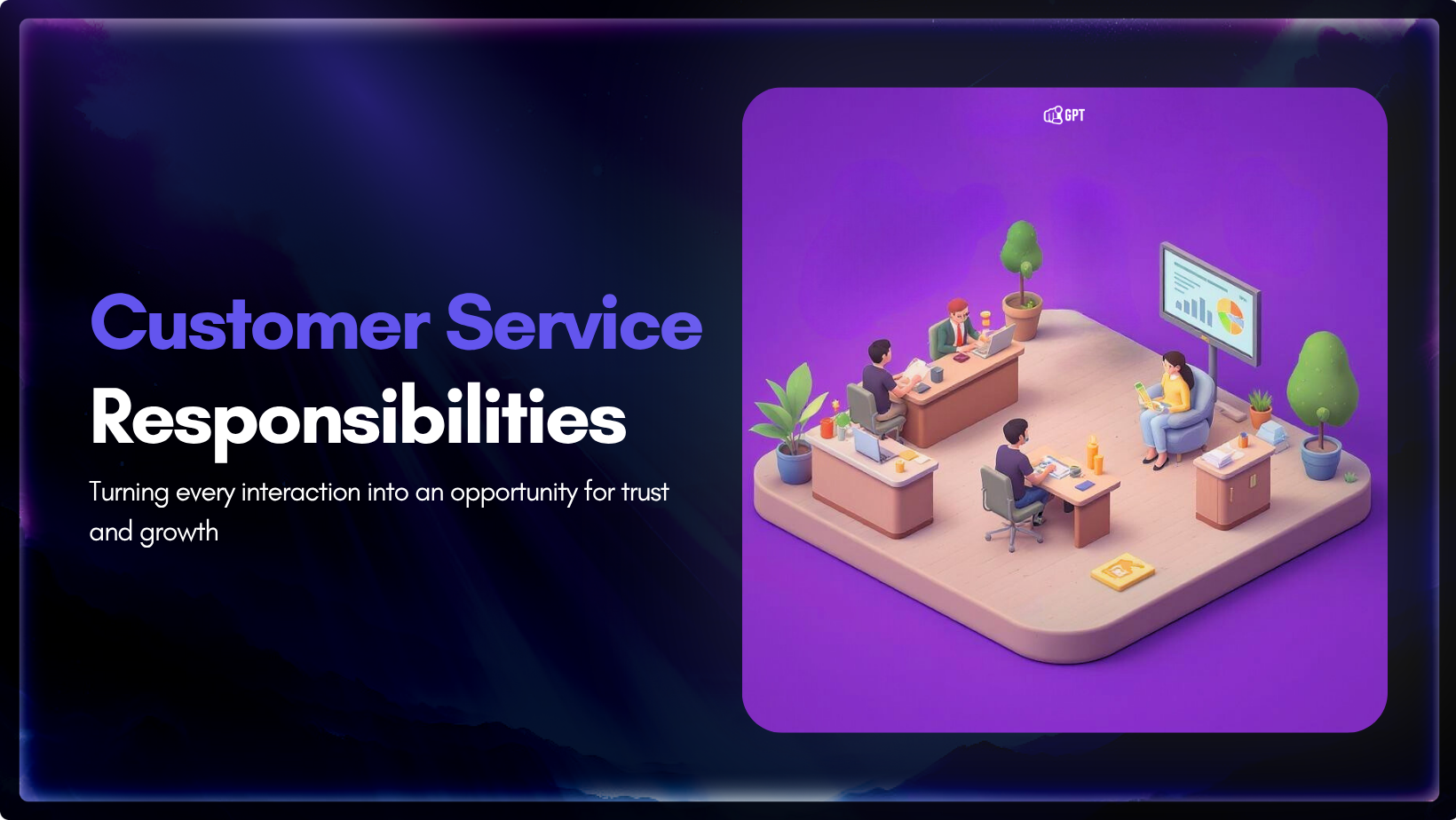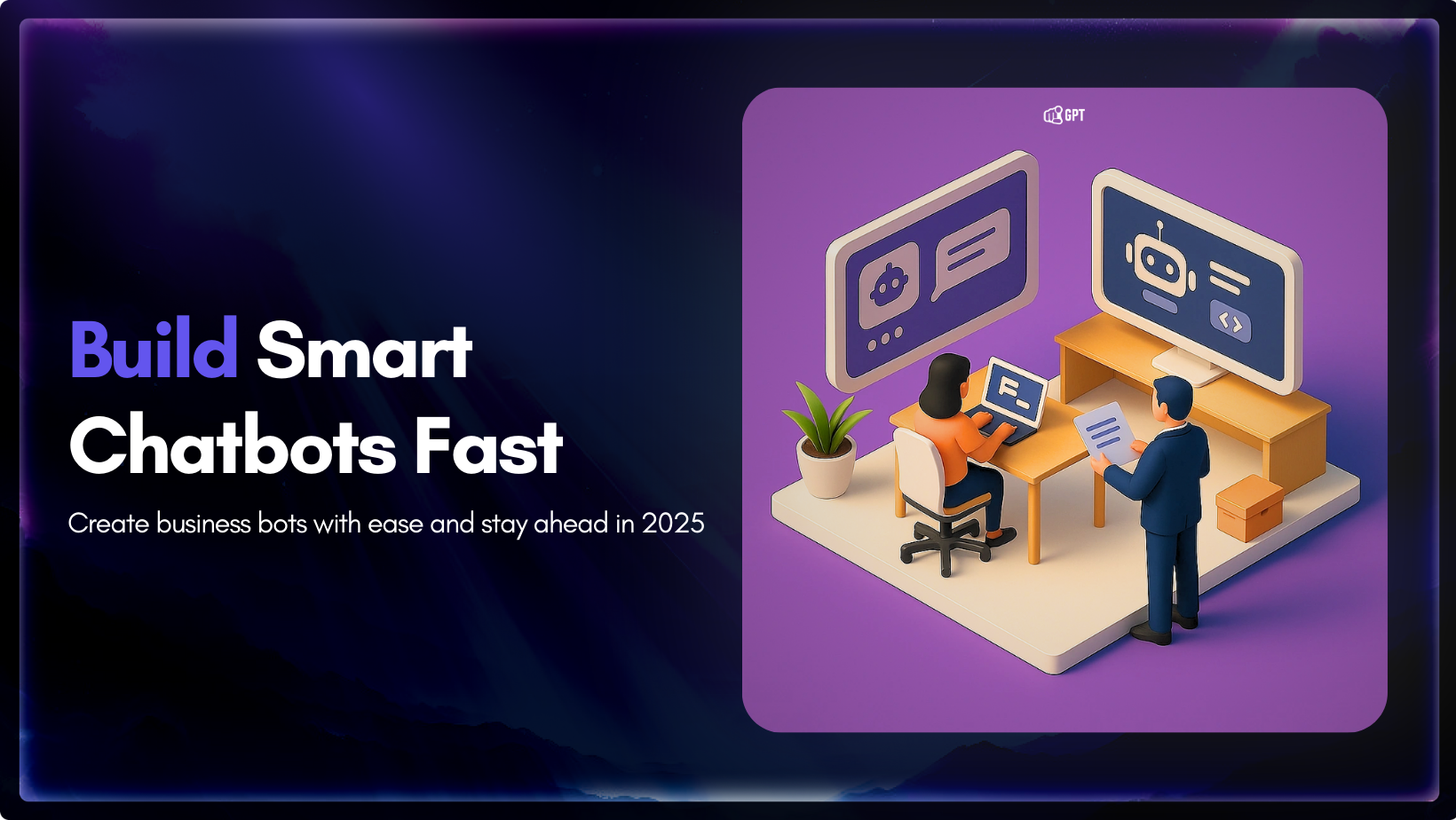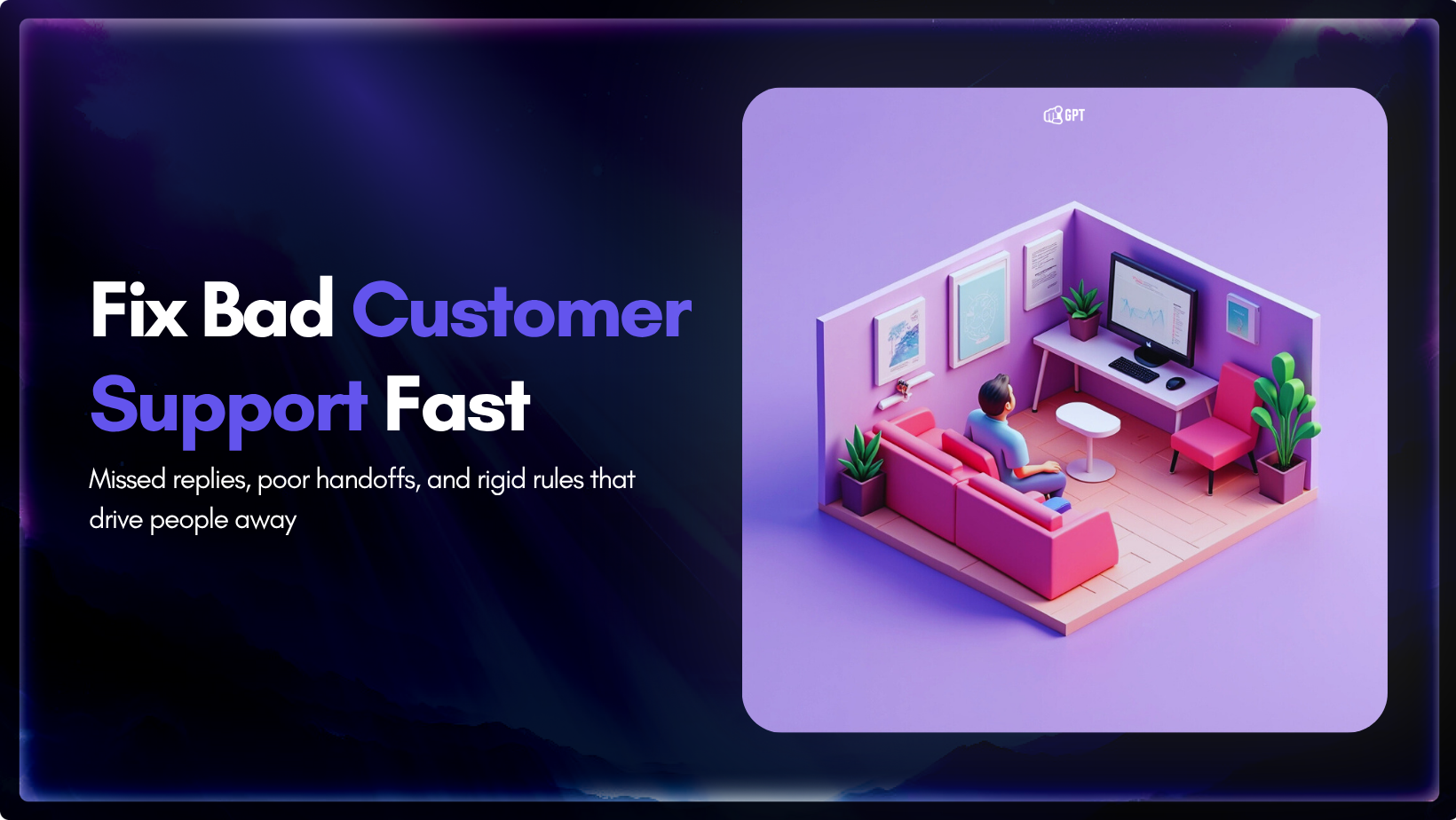How to Train an AI Chatbot Using Your Own Content (in Minutes)
Train Your Chatbot in Minutes Using Real Business Content
Most businesses already have the information their chatbot needs—PDFs, website pages, CRM data. The hard part is turning that into something a chatbot can understand.
YourGPT makes it easy. You can upload your content, connect your tools, and start training—all in just a few minutes.
In this blog, we will cover:
- How AI training with YourGPT actually works
- How AI continues improving through real-world use
- Benefits of training AI
- How to teach AI from your existing business content
- How it helps your team save time and respond faster
How AI training with YourGPT actually works?

YourGPT uses advanced AI techniques along with Retrieval augmented generation to understand and answer from your business content. Here’s how the full process works:
Step 1: Uploading and Parsing Content
When you upload files, link your website, or connect third-party tools:
- YourGPT extracts usable information — text, tables, and structured data.
- Supports formats like PDFs, Word, HTML, and CRM platforms.
→ Train YourGPT Chatbot on Your Own Data
Step 2: Content Segmentation
Extracted content is split into meaningful chunks:
- Paragraphs, list items, or sections
- Helps isolate topics and improves search accuracy
Step 3: Embedding and Indexing
Each chunk is turned into a vector — a numerical format that helps the system understand meaning.
- Stored in a vector database for fast, similarity-based retrieval
- This step prepares your data without altering the model
Step 4: Answer Generation (Inference)
When a user asks a question:
- AI retrieves the most relevant chunks from your data
- It generates a clear answer using the retrieved context
This step uses the pretrained language model (e.g., GPT-4 or Claude) — no model training is involved here.
How AI Agent Improves Over Time?
YourGPT doesn’t stop learning after initial training. It uses two additional methods to improve continually:
- Supervised Learning: Your team helps the AI bot learn directly. For example, if the chatbot answers incorrectly, you can show it the right answer. This direct feedback helps YourGPT get smarter with real examples.
- Reinforcement Learning: YourGPT improves based on user interactions. When users react positively to answers (by unable to answer, or giving feedback), the chatbot learns what’s effective. Over time, answers get better naturally.
This combined learning process ensures YourGPT stays accurate, helpful, and easy to maintain—without extra effort from your team.
Train Once: Get Better Answers on Every Channel
Customers expect accurate answers—whether they’re chatting on your website, WhatsApp, or Slack. With YourGPT, one smart training setup powers consistent, high-quality responses across all channels.
Here’s what a well-trained chatbot delivers:
- Instant Deployment
Train once using your business content—go live in minutes without technical setup. - Real-Time Knowledge Sync
Your chatbot stays current by automatically syncing with updated documents, pages, or tools. - Contextual Accuracy
Training on real documents means replies are grounded in facts—not guesses or generic responses. - Continuous Improvement
Each interaction refines future answers through supervised and reinforcement learning. - Multi-Department Use
One training source can serve HR, Support, Sales, and IT—no need to duplicate content. - Unified Customer Experience
Customers get the same accurate, branded answers across all channels. - Lower Risk of Hallucinations
A trained chatbot pulls verified content—minimizing misinformation or made-up answers. - Scalable Support Without Extra Effort
As your business grows, your chatbot handles more queries without retraining or team expansion.
Smart training is your unfair advantage—do it once, and every team benefits.
All the Ways You Can Train YourGPT

YourGPT learns from the content you already use—just connect your sources, and your AI agent is ready to answer with context and accuracy.
Website Content
Website Sitemaps
Text Files
FAQs
Documents
Google Docs & Sheets
YouTube Videos
Dropbox
Notion
Confluence
Much More
How to Train YourGPT Chatbot (in 5 Easy Steps)
YourGPT makes training easy by allowing a wide range of data types. Just follow these simple steps and your chatbot will be ready in minutes:
Step 1: Select your content

You can upload website pages, sitemaps, documents, PDFs, FAQs, text inputs, CSV, XLS and more file formats, and even use content from platforms like Notion, Dropbox, Google Drive, and YouTube to train your chatbot or knowledgebase AI agent effectively.
Step 2: Upload or connect your data
Simply drag-and-drop files or link your tools using built-in integrations. You can train your chatbot with one type of content or combine multiple sources.
Step 3: Tag Your Content (optional)
If you want your chatbot to handle different departments separately—like Sales, Support, or HR—you can organize your content using tags. This you can use in AI studio to segment the sequential agent knowledge.
Step 4: Test and Improve Your Chatbot
Go to the Integrations section and click on Test AI Response.
Here, you can:
- Check chatbot answers to make sure they’re accurate and helpful.
- Verify data sources—see exactly where answers are coming from.
- Update or replace sources if you find mistakes or want to make improvements.
You can also add example user questions to guide the chatbot toward better responses.
Step 5: Launch your chatbot instantly

Your chatbot is ready to deploy immediately to:
- Your website (with a chatbot widget)
- Messaging apps like WhatsApp, Messenger, or Slack
- Web or mobile apps
Changes are updated automatically. If your content changes, your chatbot stays current without needing retraining.
FAQ
Can I upload PDFs to train a chatbot? ▼
Yes. Just upload your PDFs, and YourGPT will read and organize the content automatically—including scanned files and long documents.
How do I create a chatbot from website content? ▼
Add your website URL or sitemap. YourGPT will scan the pages, pull the content, and turn it into a working chatbot.
Does YourGPT work with Notion, Confluence or Dropbox? ▼
Yes. You can connect platforms like Notion, Confluence, or Dropbox. YourGPT pulls in your data and keeps it current.
How fast can I set up an AI chatbot with YourGPT? ▼
You can go live in about 5 minutes. Upload your content, connect your tools, check the results, and publish.
What data formats can YourGPT train on? ▼
YourGPT supports PDFs, Word Docs, websites, sitemaps, Notion, Airtable, and Google Docs. You don’t need to reformat anything.
Can I use YourGPT on WhatsApp, Messenger, or Slack? ▼
Yes. Your chatbot can work across your website, WhatsApp, Messenger, Slack, and other channels—no separate setup needed.
Does YourGPT support multi-language chatbots? ▼
Yes. YourGPT works in 100+ languages, so you can support users around the world without extra configuration.
Can I update chatbot knowledge without retraining? ▼
Yes. When you change content at the source, YourGPT updates the chatbot automatically—no manual retraining required.
Conclusion
AI chatbots must be fast to deploy, flexible to manage, and accurate to scale. It should understand your business and can be trained on your unique businsess data.
YourGPT meets all three requirements by removing manual setup, automating training, and learning directly from business data.
Discover the difference between YourGPT and ChatGPT and Compared to legacy chatbot builders, YourGPT provides:
- Immediate value from real content
- Unified AI experience across channels
- Advanced language understanding for better replies
Whether your team needs a support bot, internal assistant, or sales helper, YourGPT makes training fast and results immediate.
Train AI on Your Content(No Coding)
Join thousands of businesses transforming customer interactions with YourGPT AI
- ⚡️ 5-minute setup
- 🌐 Multi-lingual
- 🗣️ Voice Support
- 🔌 Omni-Channel Integration
No credit card required • Full access • Limited time offer


